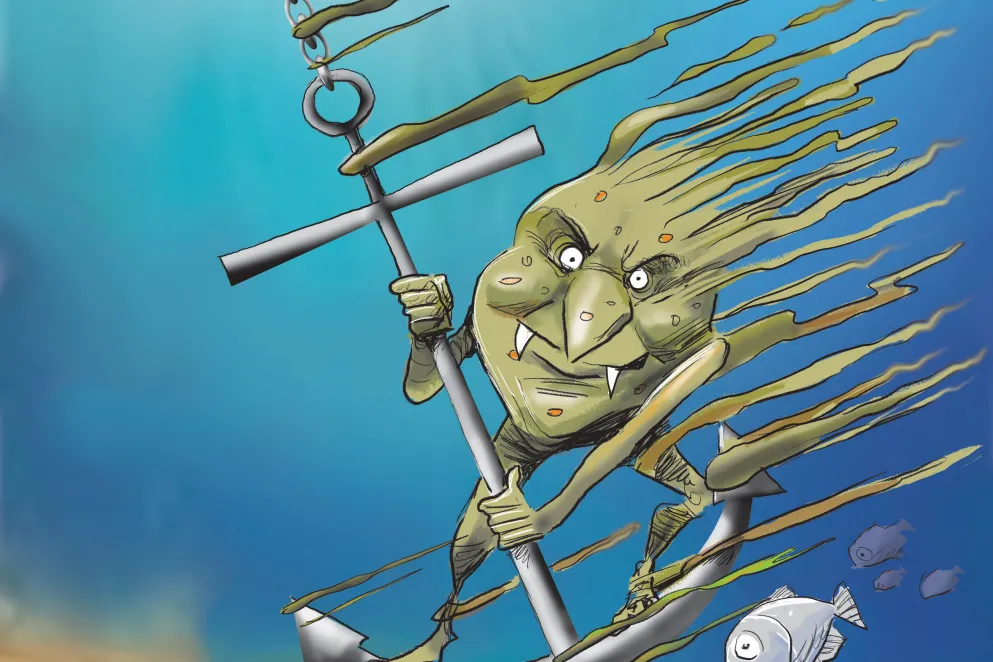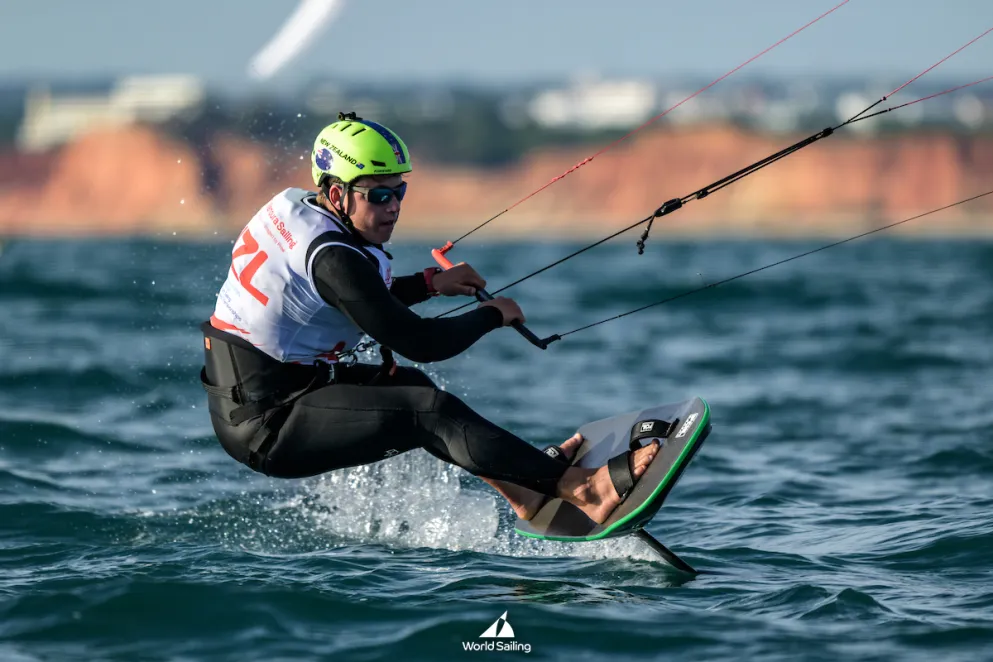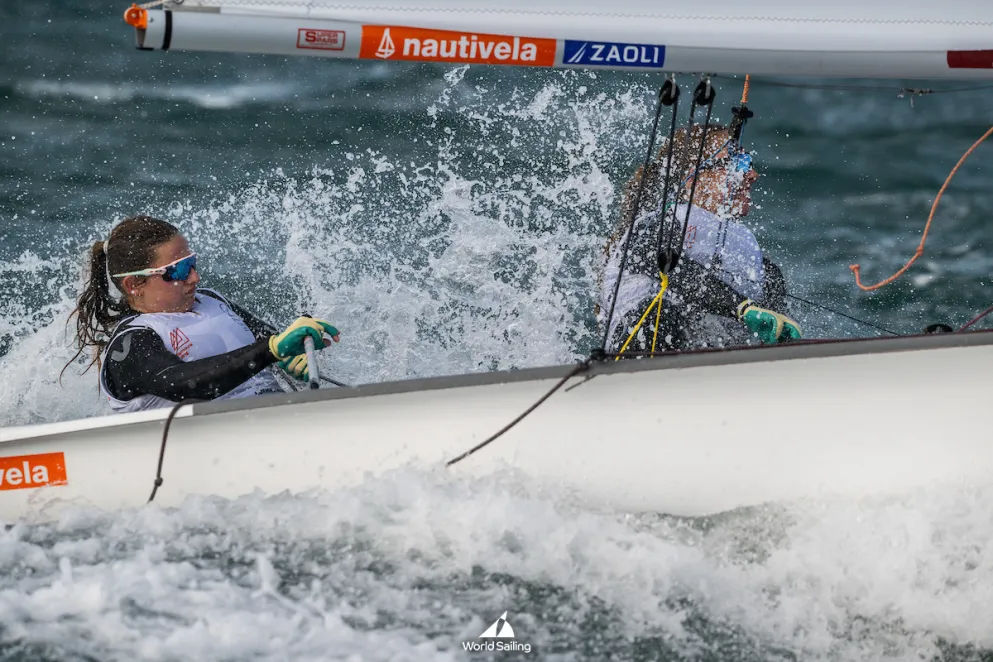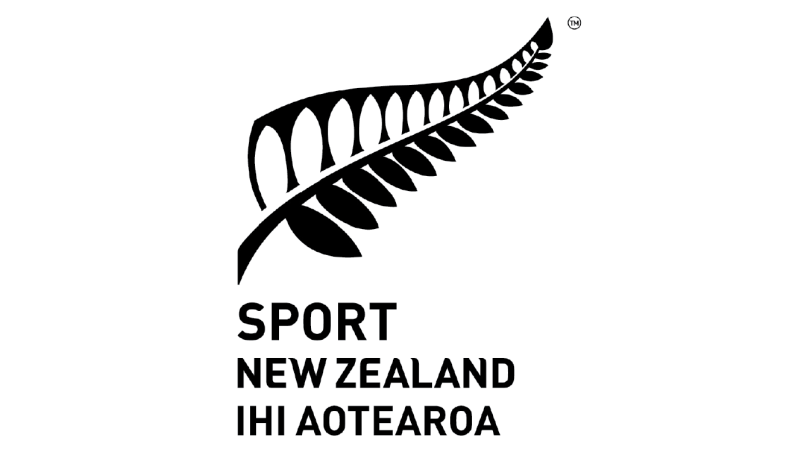The hunt for the 'perfect invader': All you need to know about exotic caulerpa
This article was originally published in the September issue of Yachting & Boating Quarterly, Yachting New Zealand's new e-magazine. Click here to read more.
The arrival in New Zealand of exotic caulerpa continues to have a significant ecological and economic impact on several North Island communities. We look at the scale of the problem, what we do and don’t yet know about the invasive seaweed, and how its spread can be stopped.
On a cold winter’s day in 2021, ecologist Jack Warden was fishing with his father in Ōkupu/Blind
Bay, Aotea Great Barrier Island when, thanks to a lower-than-usual tide, he spotted some seaweed he hadn’t seen before.
Curious, Warden loaded photos of it to an online community called iNaturalist where it was quickly identified as an invasive species of exotic (new to New Zealand) seaweed called caulerpa.
This set in motion a response from Iwi and Biosecurity New Zealand that ultimately led to a rāhui and Controlled Area Notice (CAN) for several of the Hauraki Gulf’s most popular bays to try to prevent the pest seaweed spreading.
Despite the response, a few months later exotic caulerpa was found in two more harbours on Aotea Great Barrier, followed by a discovery of a small amount at Ahuahu Great Mercury Island.
In May it was found in Te Rāwhiti Inlet in the Bay of Islands, followed by the Northern Channel of Kawau Island and Waiheke Island in the Hauraki Gulf.
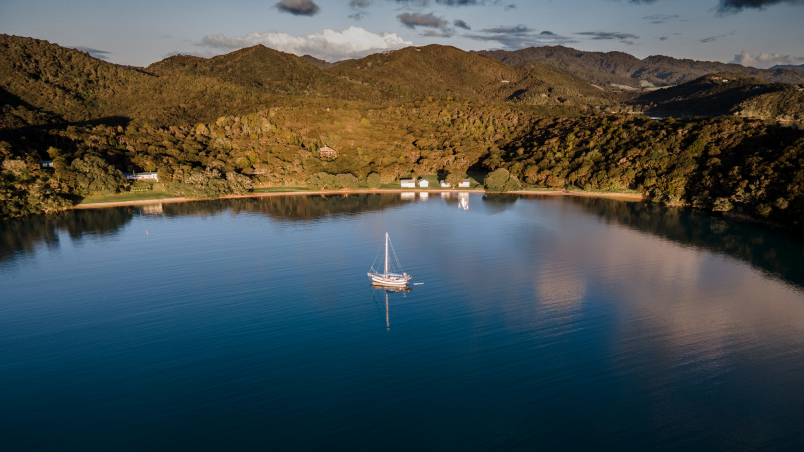
New Zealand also has two native species of caulerpa: Caulerpa articulate and Caulerpa brownii.
This is why the invasive species, Caulerpa parvifolia and Caulerpa brachypus are referred to as “exotic caulerpa” or “invasive caulerpa”.
Described as the ‘perfect invader’ Caulerpa parvifolia and Caulerpa brachypus are native to Africa, Australia, and the Pacific Islands, and can thrive in New Zealand conditions.
The impacts are not only ecological.
For the communities on Aotea Great Barrier, the reality of living in the hot zone of an exotic caulerpa response means that because of the biosecurity controls, access to the water is limited, as is the ability to anchor.
It’s at best inconvenient, at worst economically challenging for those who make their living from the sea, and heartbreaking for those who love and care for those bays.
One of the worst species of caulerpa, Caulerpa taxifolia, is not in New Zealand so far. Genetically engineered by the aquarium trade to grow fast in colder water, it was released into the Mediterranean in the 1990s through an outfall from an aquarium in Monaco where it was discovered by a passing diver.
It has caused serious environmental problems in waters between France and Croatia. Closer to home, Caulerpa taxifolia was found in New South Wales in 2000 and is now present in 14 estuaries and coastal lakes in the state – where fortunately its impacts are said to be less
than first feared.
We may never know how Caulerpa parvifolia and Caulerpa brachypus arrived in New Zealand – but there is plenty of speculation in both the scientific and boating communities.
It’s possible that they arrived as a fragment on an anchor or fishing equipment, potentially from the Pacific Islands or Australia where it is native, but not prolific. One theory recently reported
in the media is it may have entered our waters in an aquarium on a superyacht.
While the Ministry for Primary Industries has confirmed the species of concern are not sold in New Zealand by the aquarium trade, one expert believes it’s possible that a fragment could have
slipped in with the species that are permitted.
Even before the Waiheke Island discovery, the Ngāti Manuhiri Settlement Trust and the Waiheke Marine Project had worked with Biosecurity New Zealand to bring a group here who had achieved
some success in controlling another caulerpa species (Caulerpa proliferia) in California to share their knowledge and expertise.
While their use of suction-dredging achieved some success at one Californian location, this was a smaller incursion in a small, contained body of water, unlike open coastal environments.
However, the experience is informing current trials here to see if techniques such as suction dredging and other treatments that are being piloted may be of assistance in New Zealand.
Like with Mediterranean fanworm, which has been suppressed and even eliminated in many New Zealand harbours, a combination of early detection through surveillance and rapid response is a proven strategy for pest management.
It not only provides protection to marine environments by suppressing the population of the pest species, but it also buys scientists time to develop new techniques to control these species, and to determine the extent of their impacts on our native ecosystems.
The hunt for exotic caulerpa has so far followed the routes and anchoring spots that are most used by New Zealand’s vessel fleet. While exotic caulerpa can spread via currents and waves, the reality is that vessels can take it to new places more quickly than natural dispersion.
That is the reason why so much focus is placed on the checking and cleaning of
equipment.
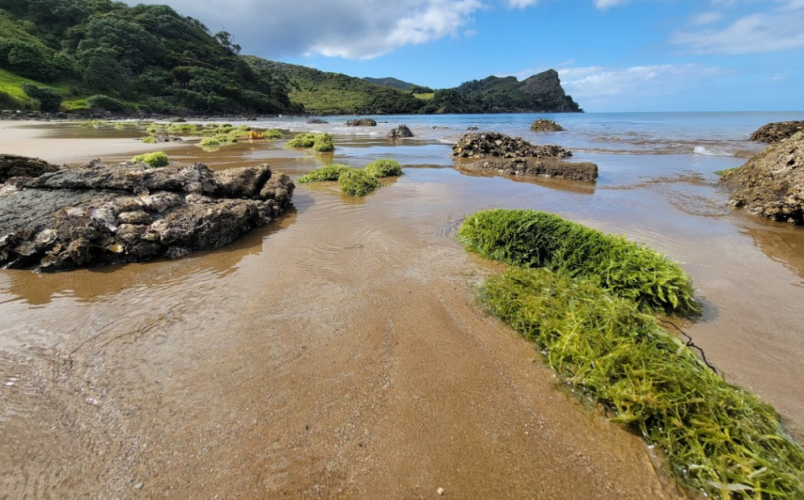
There is hope.
While it’s possible that exotic caulerpa will now always be a part of our ecosystem, in New South Wales the invasive species has not affected native seagrass as much as first feared.
Scientists explain that introduced marine species tend to “boom” when they first establish in a new environment and over time there is a decline in abundance.
Even in Blind Bay where the infestation is some 44 hectares in size, the coverage of exotic caulerpa is only around 50%.
Key questions for the scientific community and authorities in New Zealand are: how far and fast will it spread? What will its impacts be? And can we control it?
Only time will tell.
In the meantime, as boaties, playing our part and remaining vigilant is essential.
Where exotic caulerpa has been found
Exotic caulerpa was first found in NZ waters in 2021 at Great Barrier (Aotea) Island and then later at Great Mercury (Ahuahu) Island.
In 2023, exotic caulerpa washed up at
Omākiwi Cove in the Bay of Islands. It led to the discovery of a significant amount
of the invasive seaweed in the Te Rāwhiti inlet.
In July 2023, small 20cm to 30cm patches of exotic caulerpa were found in waters near
Kawau Island in the Auckland region.
Exotic caulerpa has most recently been found off the northern coastline of Waiheke Island, between Waiheke Bay and Thompson’s Point. The caulerpa in this area appears to consist of small young plants in the early stages of development, but surveillance is required to determine its extent
What you can do
Just like we wouldn’t want to let gorse run rampant over our farm pastures, or something like convolvulus (bindweed) get established in our vegetable patch at home, there is urgency to do everything we can to prevent the spread of species like exotic caulerpa in our bays and harbours.
To know how to identify and report exotic caulerpa, the rules about anchoring and fishing, and how to check your gear – especially anchors and anchor chains – click here and here.
Sailors
Check your in-water equipment carefully for signs of weed fragments at the boat ramp. If you find any exotic caulerpa, don’t throw it back into the water at a new location – best to put it in a plastic bag and dispose of safely in rubbish that will go to landfill – e.g. a council rubbish bin or your own household rubbish.
If you own a trailer boat, jet ski or kayak
Inspect all fishing gear and anchors every time you pull it up out of the water and before you move on to a new location. This way, it’s unlikely you’ll take exotic caulerpa with you. If you find seaweed on your gear, dispose of it responsibly and don’t throw it back in the water.
Owners of moored boats
Nearly all moored boats are already doing a great job of keeping their hulls clean, antifouled, and
well-maintained. This not only stops the spread of pests that spread as biofouling, but it also means your boat will perform better under sail and use less fuel too. Like the other groups, you’ll
need to look out for anchoring restrictions, and check your gear and equipment before switching locations.
Yacht clubs and marinas
You are in a great position to help spread the word: keep your members informed about the latest exotic caulerpa news. Let them know to check and clean their equipment. If you are running a coach boat or laying buoys, please be vigilant about checking for weed each time you haul up an
anchor or race mark.
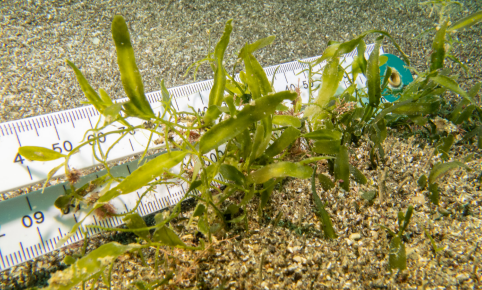
What it looks like
Exotic caulerpa has fronds or leaves up to 10cm long that rise from long runners or roots known as stolons. It is found growing from the tideline to 35 metres deep, on both hard surfaces (reefs) and in sandy/muddy sediment. After stormy weather it can wash up on the beach.
How to report it
If you find exotic caulerpa, please take GPS co-ordinates and a photo, and contact MPI on 0800 80 99 66 or online at report.mpi.govt.nz

